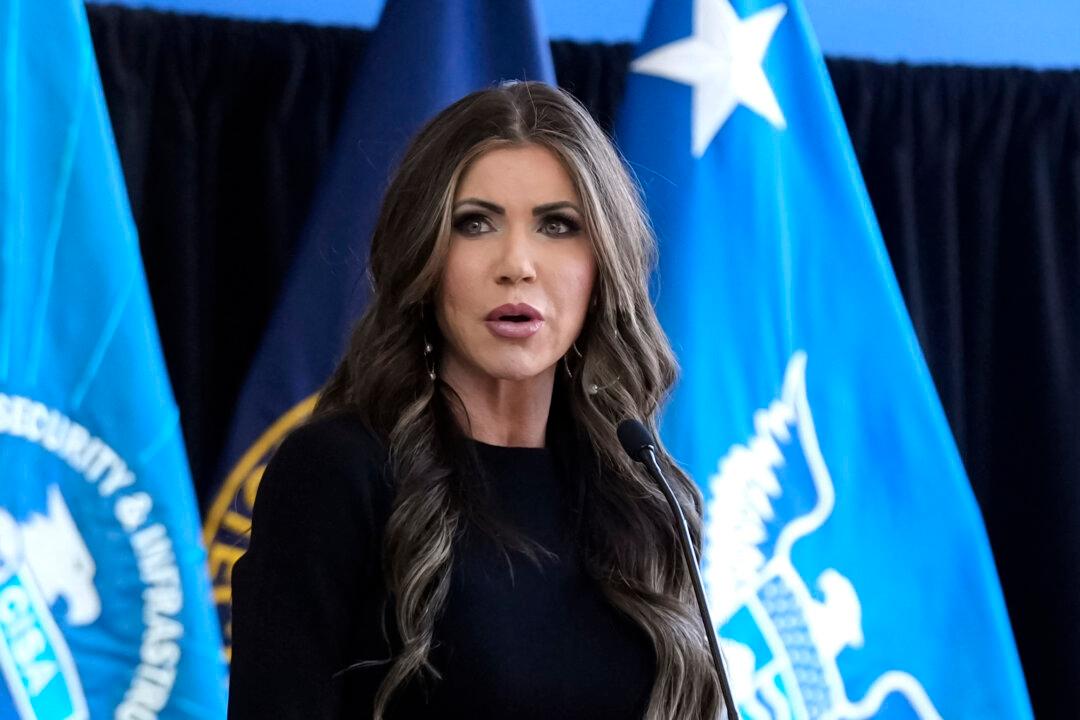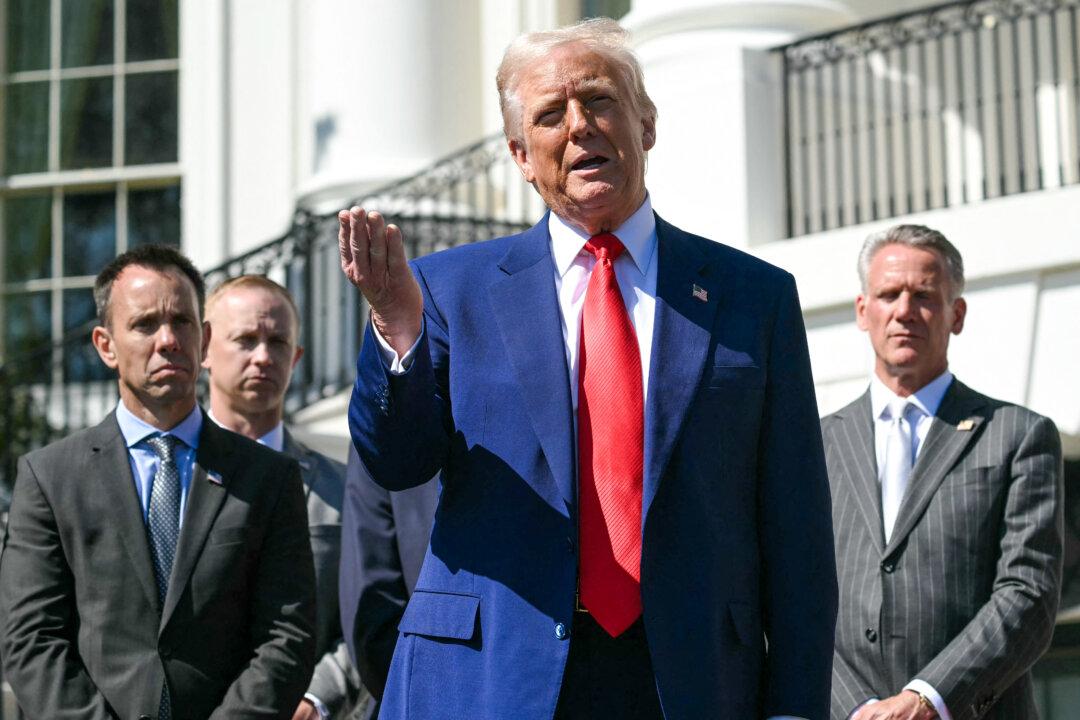A buyer has been found for failed lender Silicon Valley Bank (SVB), with 17 former branches opening under First Citizens Bank on March 27, the Federal Deposit Insurance Corp. (FDIC) announced on March 26.
The FDIC stated that it had entered into an agreement with the Raleigh, North Carolina-based First Citizens Bank to purchase all SVB deposits and loans currently held by a special-purpose entity called Silicon Valley Bridge Bank.
The bridge bank was established by the FDIC to manage the deposit and loan books of the failed SVB as part of its orderly wind-down following its collapse earlier this month.
Depositors of SVB will automatically become depositors of First Citizens, with the 17 former branches of SVB opening as First Citizens branches on March 27.
“Customers of Silicon Valley Bridge Bank, National Association, should continue to use their current branch until they receive notice from First Citizens Bank & Trust Company that systems conversions have been completed to allow full-service banking at all of its other branch locations,” the FDIC stated.
All customer deposits assumed by First Citizens will continue to be insured by the FDIC up to the insurance cap.
More Details
As part of the SVB buyout deal, the FDIC has entered into a loss-share agreement with First Citizens, which means that the two entities will share in the losses and potential recoveries on the commercial loans purchased from SVB.“The loss-share transaction is projected to maximize recoveries on the assets by keeping them in the private sector. The transaction is also expected to minimize disruptions for loan customers,” the FDIC stated.
Overall, the resolution of SVB is expected to cost the FDIC about $20 billion, with the exact cost to be determined once the FDIC terminates its role as receiver. The cost is borne by the FDIC’s Deposit Insurance Fund, which is funded by assessments on banks.
The transaction included the purchase of about $72 billion of SVB assets by First Citizens, at a discount of $16.5 billion. About $90 billion in SVB assets will remain in receivership with the FDIC, which received about $500 million in First Citizens stock.
SVB had about $167 billion in total assets and about $119 billion in total deposits as of March 10.

First Citizens Bank, which was founded in 1898 and has more than 500 branches in 21 states, noted that it has more than $100 billion in total assets. The bank reported a net profit of $243 million in the most recent quarter.
The Santa Clara-based SVB failed earlier this month after depositors rushed to withdraw their money amid fears about the bank’s health.
About 94 percent of SVB’s deposits were uninsured, and when depositors got wind of SVB taking a $1.8 billion loss on bond sales, they rushed for the exits.
A day before SVB’s collapse, its customers withdrew $42 billion in a single day, leaving it with a negative cash balance of about $1 billion.
Deposit Outflows
The fallout from SVB’s collapse drove increased outflows of deposits from smaller U.S. banks, which fell by a record amount in the week ending on March 15.Deposits at large U.S. banks rose by $67 billion in the same week, reaching $10.74 trillion.
This suggests that bigger banks, often seen as “too big to fail” and as more likely to get a bailout in case of trouble, are the beneficiaries of the deposit shakeup.
“The banking system has a strong capital position and a lot of liquidity and has the full support of the Federal Reserve and other regulators standing behind it. Now, I’m not saying that all of the stresses are behind us; I expect this process will take some time. But fundamentally, the banking system is sound,” he said.
“Right now, the stresses are only a couple of weeks old. There are some concerning signs.
“On the positive side is deposit outflows seem to have slowed down. Some confidence is being restored among smaller and regional banks.”
Congress is set to hold its first hearings this week on the SVB failure, which has sparked calls for tighter supervision of mid-sized banks and an expansion of the FDIC’s deposit guarantee program.





